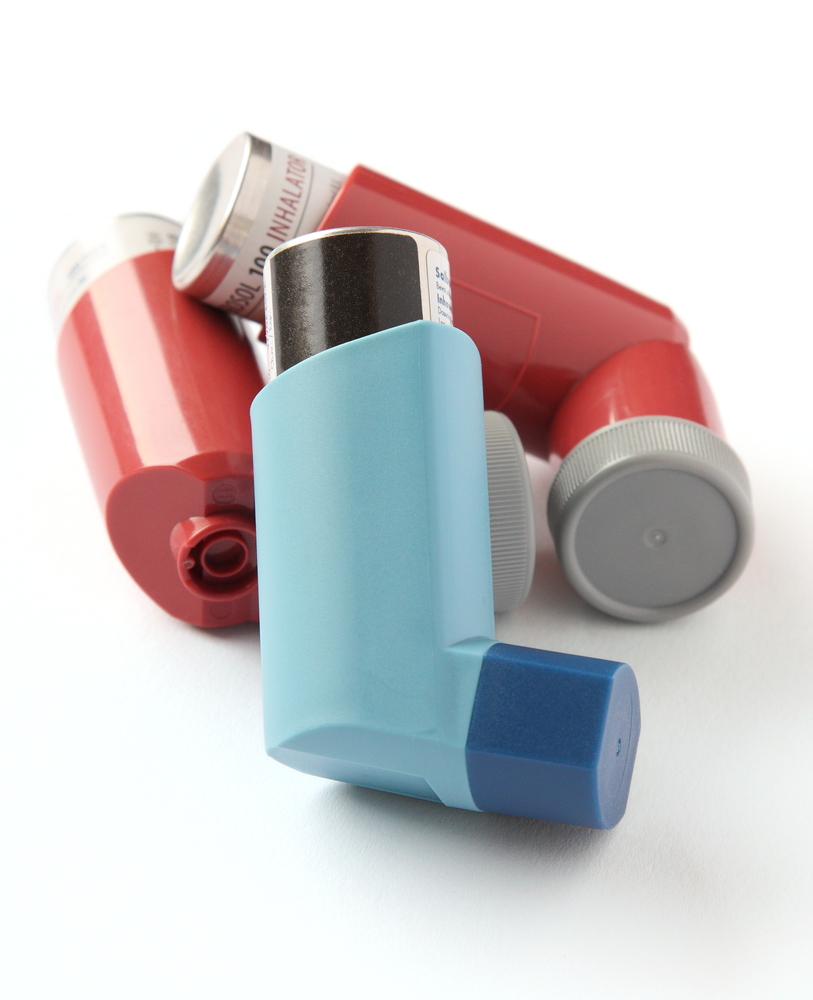In a new study entitled “Association between inhaler use and risk of haemoptysis in patients with non-cystic fibrosis bronchiectasis,” authors investigated how treating non-CF bronchiectasis patients with inhaled bronchodilators influences their risk to develop hemoptysis, a life-threatening condition where patients cough blood. The study was published in the journal Respirology.
Bronchiectasis is a condition that arises due to dilation of lungs’ bronchi, allowing mucus to accumulate and resulting in repeated airway infections and inflammation. While cystic fibrosis is the most common cause for bronchiectasis, non-cystic fibrosis (CF) bronchiectasis is a complex disorder resulting in pulmonary complications, particularly haemoptysis. This is a potentially life-threatening manifestation and is defined as the act of coughing up blood or blood-stained mucus originating from the respiratory tract below the level of the larynx, such as the bronchi or lungs.
Patients with non-CF bronchiectasis are usually treated with inhalers, including bronchodilators. In fact, those containing inhaled corticosteroids (ICS) reported to improve patients’ symptoms (including exacerbations frequency, quality of life and lung function) and quality of life. Notably, however, how the use of inhalers impacts on development of haemoptysis is currently unknown.
In this new study, authors determined how the use of inhalers in patients with non-CF bronchiectasis affects their risk to develop haemoptysis. To this end, authors used data from the Health Insurance Review and Assessment Service, in North Korea and analyzed the results of adults diagnosed with bronchiectasis (with at least 20 years of age) who were prescribed inhaled respiratory medications from the 1st January 2009 to 31st December 2011. The inhalers analyzed comprised those with inhaled corticosteroids (ICS), long-acting β2 agonists (LABA), long-acting muscarinic antagonists (LAMA), short-acting β2 agonists (SABA), short-acting muscarinic antagonists (SAMA) and their combinations. The team included in their analysis patients who had been prescribed inhaled bronchodilators and ICS for at least 30 days and had received no such treatment (for more than 30 days) within one-year prior study initiation.
In the end, authors analyzed 62 530 non-CF bronchiectasis patients with inhaled respiratory medications. They found that from the tested inhalers, SABA and LAMA were the ones considered to increase the risk for haemoptysis. The team looked at patients with severe haemoptysis and found that besides ICS/LABA and SABA, anticholinergics (a class of drugs that block the action of the neurotransmitter acetylcholine in the brain) were also risk factors for haemoptysis. According to their results, authors highlight that when presented with patients with non-CF bronchiectasis with severe haemoptysis clinicians need to consider the risk–benefit of treating these patients with inhaled bronchodilators.

